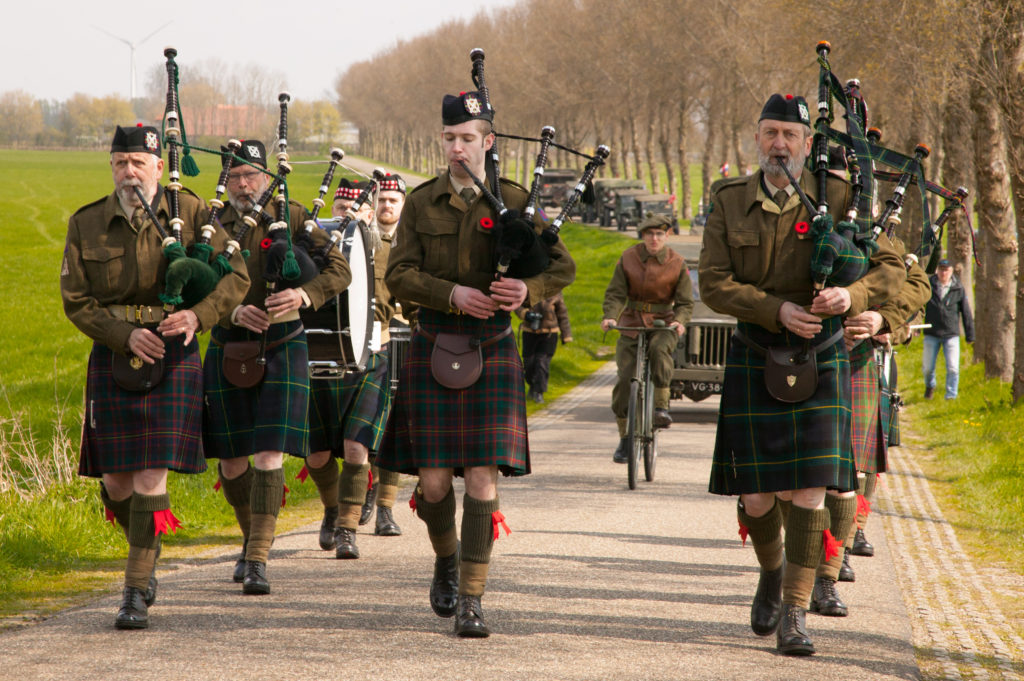- Monument/Memorial
- Marsstraat, 7384 CK Wilp, Netherlands
Operation Cannonshot was the code name for the Canadian crossing of the IJssel at Gorssel and Wilp on April 11, 1945. After a failed attempt of Operation Market Garden’s to liberate the Netherlands, much depended on this operation. The 48th Highlanders of Canada, part of the first Canadian Infantry Division, went through the Achterhoek towards the IJssel in order to break through the German front. The success of Operation Cannonshot marked the start of the liberation of the West Netherlands.
Within a few hours the Canadian soldiers built a pontoon bridge over the IJssel on the night of 11 to 12 April. This allowed them to get the heavy military vehicles across the IJssel, with which they could break through the German front. This operation was codenamed during the liberation years as: “Operation Cannonshot”.
The start of the liberation of the West Netherlands has cost a lot of sacrifices. During Operation Cannonshot alone, 19 people of the 48th Highlanders of Canada were killed. One of these victims was the commander of the 48th Highlanders of Canada, Donald MacKenzie. Initially, the victims were buried in the dyke near Wilp. Their bodies were later transferred to the Canadian cemetery in Holten. A plaque on the wall of the village church in Wilp keeps the memory of MacKenzie and his men from the 48th Highlanders of Canada alive. There were also many casualties in the first hours and days after Operation Cannonshot. After Wilp, other villages were freed in the municipality of Voorst such as Posterenk, Twello and Teuge. During Operation Cannonshot 103 Canadian soldiers were killed in the Municipality of Voorst. These victims are annually commemorated on May 4 in all villages at their own monument.


